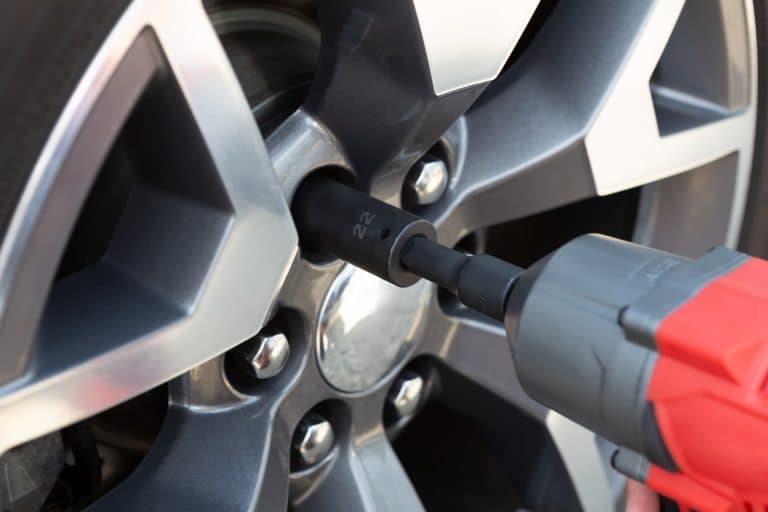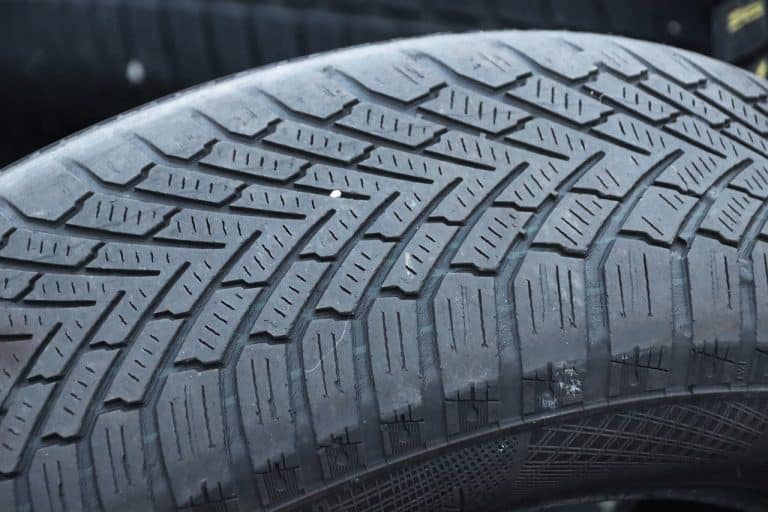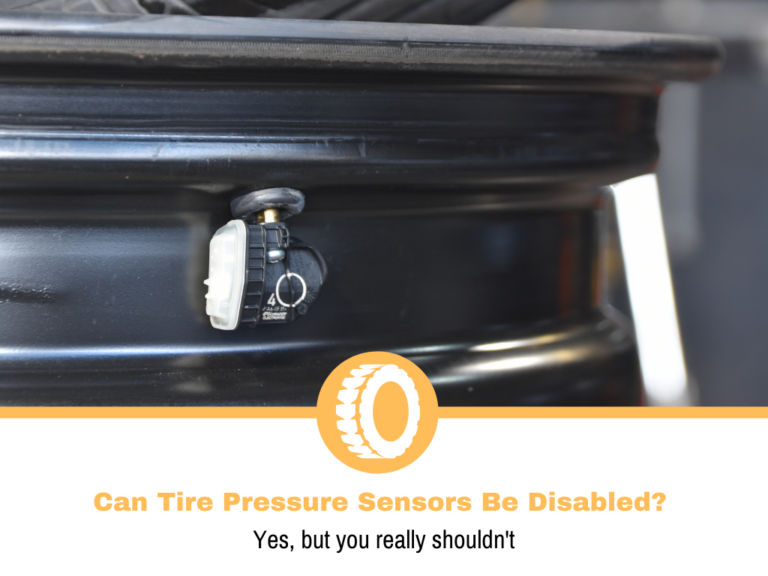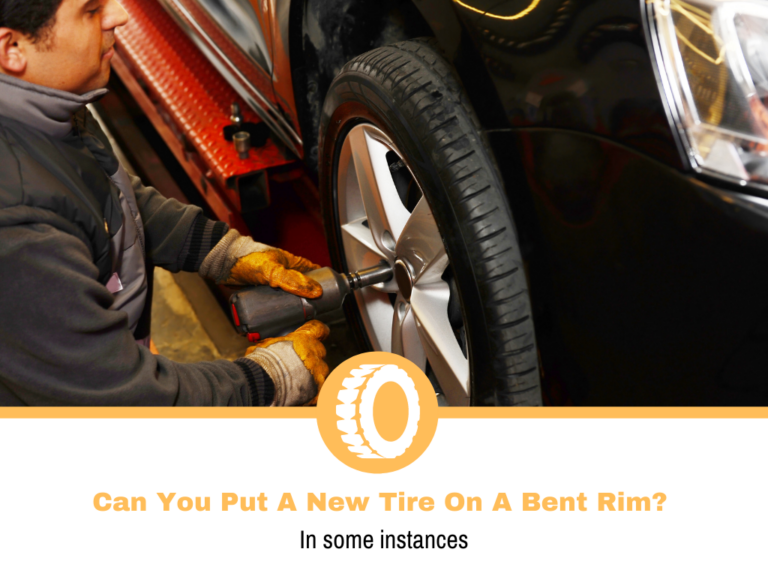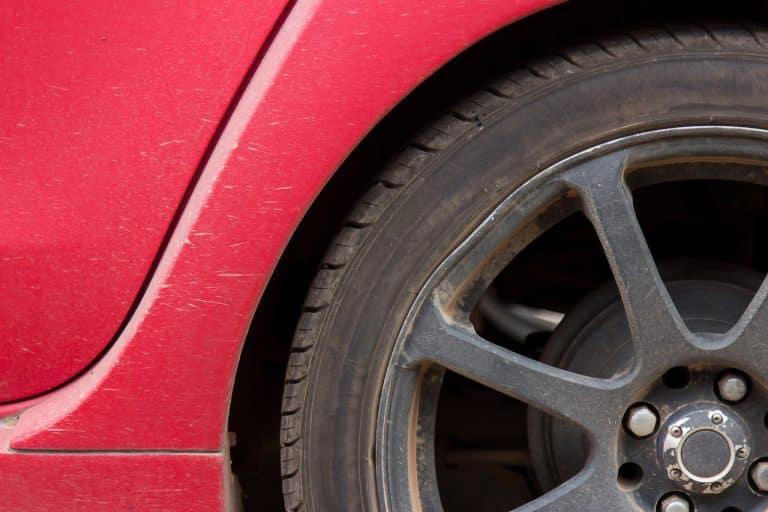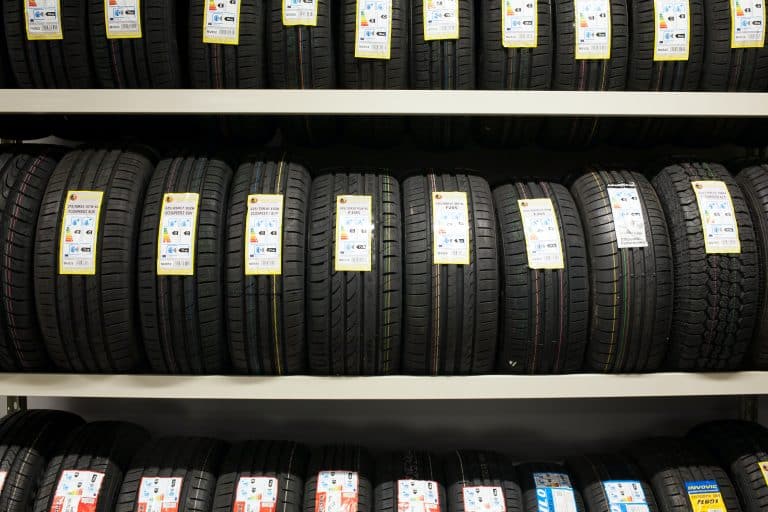How Safe Are Old Can Tires?
So, you’ve decided to treat yourself by buying a “new” 2014 Ford Mustang GT with 30.000 miles on the clock? Yeah, the owner drove it only on the weekends. Lucky you! That beast hides a healthy V8 engine under the front hood that delivers a hefty 420 ponies thru a 6-speed manual transmission to the rear wheels.
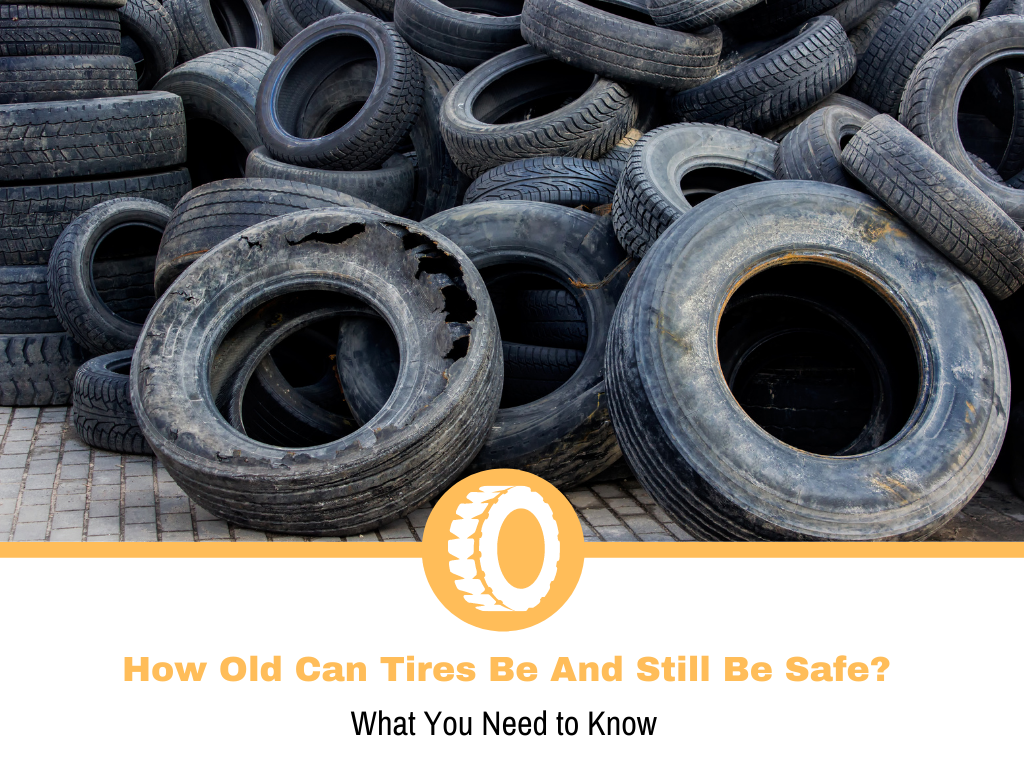
A real muscle car! The tires are looking shiny and groovy as well. Why wouldn’t? They’ve got only 30k under their belt! So, you’ve put on your Persol 0714 sunglasses and your Tutto Nero driving gloves, thinking that you are Steve McQueen and all, and you are ready to go? Before you go, take a look at the following paragraphs and step back a bit.
How Old Can Tires Be And Still Be Safe?
In 2013, at the time that this model was produced, I was 36 years old, and trust me, even though I maybe look the same, I sure ain’t the same fella. Maybe a bit wiser but I can’t do the same stuff with the same energy as back then. OK, maybe I’ve gained a bit of durability…but you get the picture.
As time goes by, tires tend to lose a good portion of chemicals that makes them elastic in the first place, providing traction, essential for the vehicle to safely follow your driving input. Imagine pressing the pedal hard while exiting the corner with your new shiny ‘Stang?! Or even worse, pressing even harder on the brakes while approaching the red light? Those 9-year-old tires while slide like driving on ice, trust me. Been there!
So, how old can tires be and still be safe? Approximately 6 years. And it’s not even that simple. There are a lot of conditions that need to be met before that.
How does time affect a tire?
- Tire compound
- Weather conditions
- How often were they used?
Tire compound
In order to find out, how does time affects a tire, first we need to understand the tire compound and what changes are going on over a longer period of time.
A tire compound can vary depending on the type of vehicle that is designed for. Usually softer tire compounds are used for passenger vehicles whereas harder compounds are used for heavier vehicles such as SUVs, trucks, and pick-ups.
A tire, amongst other materials, is made out of:
- Natural rubber for protecting the tear and wear and preventing cracks,
- Synthetic rubber polymers that combined with natural rubber determine specific tire performance and also keep the tire inflated,
- Chemical compounds like antioxidants that help a tire to withstand temperature fluctuations, fillers that are made of silica and carbon black for improved abrasion, and antiozonants that prevent degradation of elastomers,
- Fabric for reinforcing the tire making it more durable,
- Steel wire for stiffness of the casing, that also locks the tire to the wheel.
We’ll leave the construction of the tire out of this, as it’s a lot less aging sensitive.
All those rubbery bits tend to lose moisture and become stiff and rigid with time, which implicates the traction. Furthermore, we are not talking just about performance issues here, but also about safety issues as well. Lower traction means an unpredictable vehicle that can’t be driven to its full potential, and more dangerously it could lead to a potential car crash.
By losing its prime characteristics and durability, the tire can also get easily damaged leading to deflation or even explosion.
Weather conditions
Weather conditions are important here as they affect the tire aging process greatly. Extreme weather exposure works like a catalyst to the aging process of the tires. Both ends of the extreme weather implicate the life of a tire. Low temperatures make the tire harder and brittle especially if the used tire is a summer tire. Combine that with potholes and you have the greater potential to damage the tires even more easily. And if they are exposed to road salt the degradation will be even faster, so it really doesn’t matter if the tires are younger than 6 years with a healthy tire tread if the integrity of the tire is compromised.
Winter tires can withstand lower temperatures easier as they are designed to work in cold weather conditions. Still road salt can damage winter tires as well, which makes tire care even more important.
Hot weather and higher temperatures affect tire life even more than low temperatures. If the tires are exposed directly to the sun, then UV sun rays will break down the chemicals that we’ve written about previously, causing cracks and loss of elasticity. The longer a tire is exposed to hot weather and sun the sooner will it get old and unsafe.
How often were they used?
Low mileage on your car and tires over a longer period is not something to be proud of. The longer a car stays in one place there is more chance that the tires got flat spots. The main reason is that the tire losses some of the air, enough to make all the weight pressuring on one spot thus distorting the construction of the tire.
Another consequence of not frequent use of the tires is tire deterioration. A tire needs to be used more frequently as it helps it to be in a good shape and condition by evenly transferring the weight of the vehicle and by the different weather exposure.
Developing bubbles is another damage that can be sustained by not driving your car more often. It means that the tire integrity is compromised and it is a nonrepairable process that can result in a tire blowout.
Conclusion
As you can see there are a lot of conditions that can affect the tire before we can say how old can tires be and still be safe. It would be preferable to change tires as soon as you start to detect some damage or some indicators that show that the tire aged faster than expected. That is the safest way to recognize the right time for a tire change. Other than that if the driving conditions are fairly normal regarding the weather, temperature, sun exposure, chemical exposure (road salt e t.c.), how frequent is used, then we can say that a tire can be old around 6 years in order to be still safe for use.
